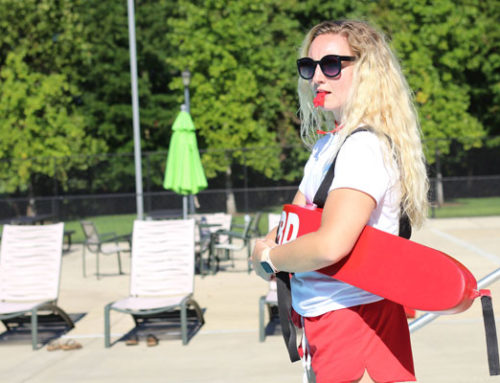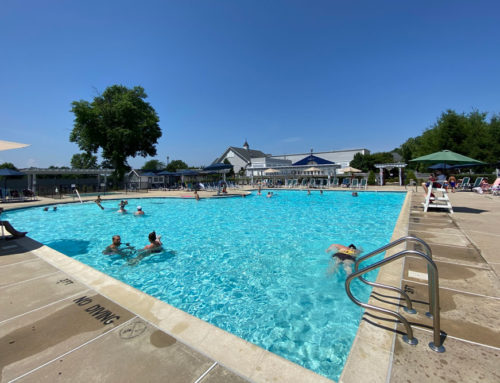Water safety applies to those who enter the water and their guardians. Traditional swimming lessons are comprised of swimmers-to-be and instructors. Anti-drowning courses also include parents and guardians who are advised on best practices to keep their children safe around the pool. This can ease pressure from pool management by educating more audiences about water safety.
Know the demand
Recreation Management magazine pointed out that there are a number of groups that hold anti-drowning courses. However, these groups don’t always have access to pools. Therefore, if you’re looking to increase your community outreach efforts, anti-drowning courses are one way to do so.
You can choose to do this prior to peak season or during it. Hosting these events will exhibit your commitment to the community as a whole. As the children learn to swim and their guardians learn to monitor for safety, you’ll likely find them visiting your facility more often, allowing you to develop relationships with local families.
If you’re interested in hosting anti-drowning sessions and are willing to offer your site for free use by certified instructors, here are three steps to get started.
1. Research local groups: Many organizations hold anti-drowning campaigns. Some, such as the YMCA, have on-site pools. Others, such as the American Red Cross, may not. Find groups that need access to aquatic facilities and approach them. You’ll have to compare schedules because you’ll likely have programs already in place. It may take time to work out the details, but your efforts will pay off.
2. Figure out numbers: It may be possible to hold anti-drowning sessions during other programs if your pool is big enough. Figure out how many instructors will be leading the courses and how many swimmers and guardians they plan to work with. Combining these sessions with your existing programs will ensure that your usual programs aren’t affected.
3. Market to the community: When the details are set, let the local community know about your new courses by posting it on your website, social media pages and in the newspaper. The collaborating group will likely have their own approach. Adding your efforts to the campaign will heighten the visibility of the program.






